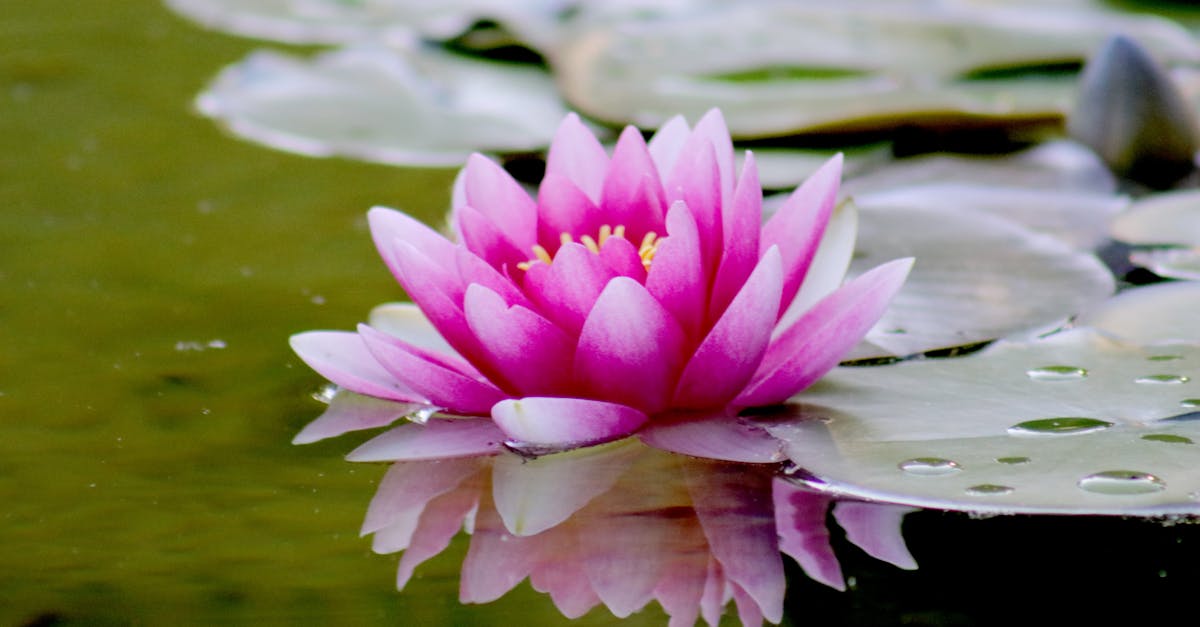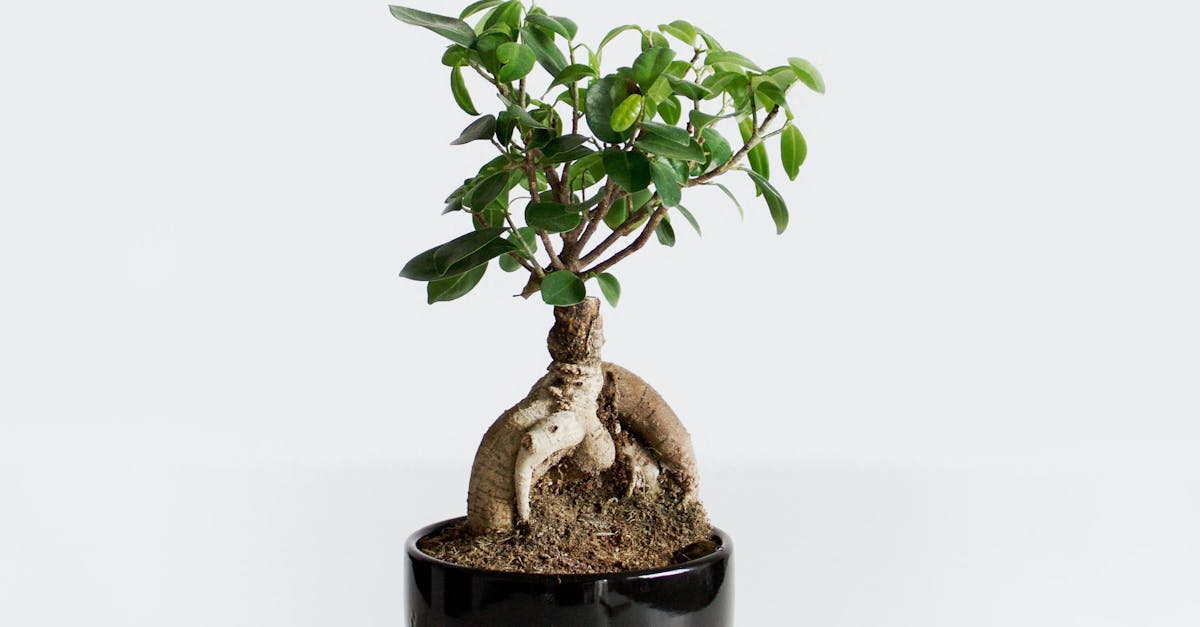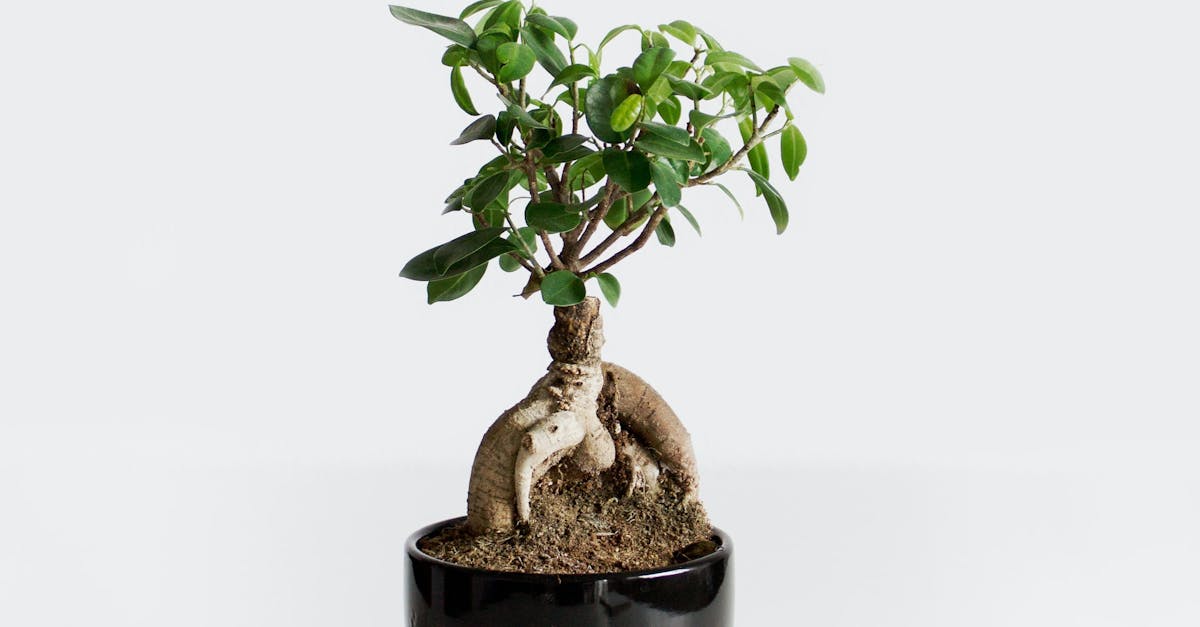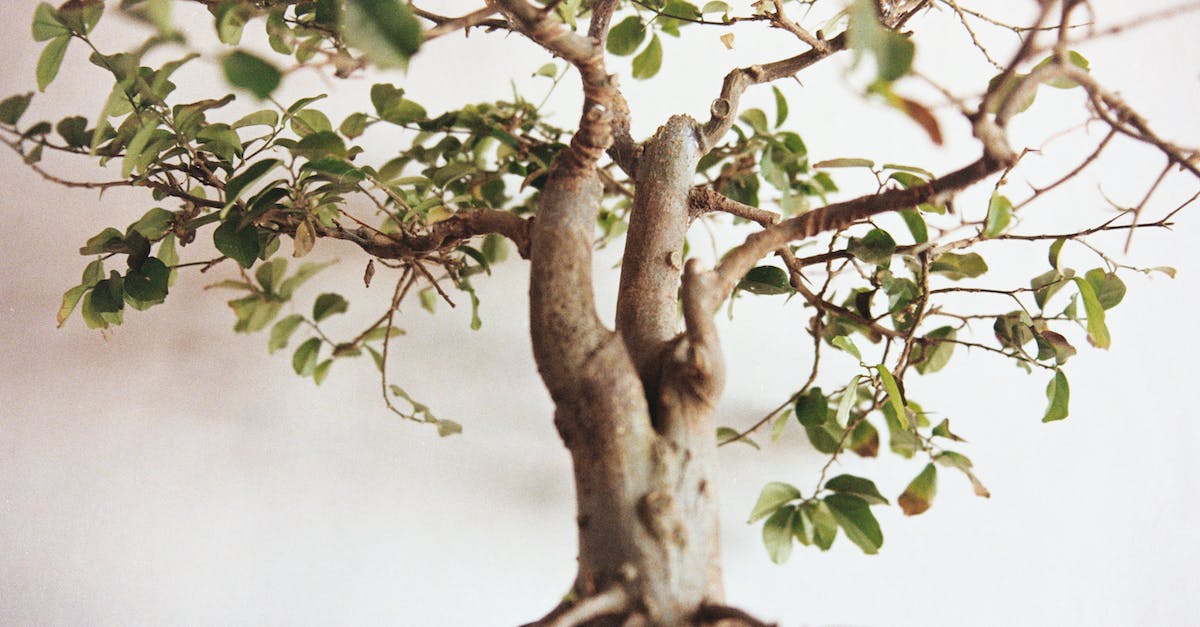The Dance of Seasons: A Guide to Caring for Bonsai Year-Round

Bonsai, the ancient art of cultivating miniature trees in containers, offers a captivating journey through the changing seasons. As nature transforms around them, bonsai undergo a rhythmic cycle of growth, dormancy, and renewal. This article will guide you through the essential techniques for nurturing bonsai throughout the year, exploring the unique challenges and rewards of each season. From the delicate awakening of spring to the tranquil beauty of winter, discover the secrets to maintaining the health, beauty, and artistry of these captivating miniature trees.
1. Spring: A Time of Renewal and Growth
As the days lengthen and temperatures rise, spring signals a time of renewed growth and vitality for bonsai trees. This season presents an opportunity to nurture your bonsai back to health after the dormancy of winter and to lay the foundation for a year of vigorous growth.
To ensure optimal growth during spring, proper watering is essential. Bonsai trees require regular watering, but the frequency will vary depending on factors such as the size of the tree, the type of soil, and the climate. Generally, it is best to water your bonsai when the top inch or two of soil feels dry to the touch. Avoid overwatering, as this can lead to root rot. During spring when new growth is emerging, it is also important to fertilize your bonsai regularly. A balanced fertilizer will provide your tree with the essential nutrients it needs to support new growth and develop strong roots.
In addition to watering and fertilizing, spring is also an ideal time to shape and prune your bonsai. Shaping techniques such as wiring and bending can be used to create desired forms and enhance the overall aesthetic of the tree. Pruning can also be used to remove dead or diseased branches, improve air circulation, and encourage new growth.
Watering Techniques for Optimal Growth
Watering is a crucial aspect of bonsai care, especially during the active growth period of spring. The goal is to provide your bonsai with adequate hydration while avoiding overwatering, which can lead to root rot and other problems.
The frequency of watering will vary depending on factors such as the size of the tree, the type of soil, and the climate. As a general rule, it is best to water your bonsai when the top inch or two of soil feels dry to the touch. Avoid watering on a set schedule, as this can lead to overwatering or underwatering. Instead, check the soil moisture regularly and water only when necessary.
When watering your bonsai, it is important to soak the soil thoroughly. This encourages the roots to grow deep and strong. You can water your bonsai from the top or bottom. If you water from the top, use a watering can with a gentle spray nozzle to avoid disturbing the soil. If you water from the bottom, place the bonsai in a shallow tray of water and allow the soil to absorb the water from below. Once the soil is saturated, remove the bonsai from the tray and allow any excess water to drain away.
Fertilization for Essential Nutrients
Fertilization is essential for providing your bonsai with the nutrients it needs to grow healthy and strong. During the spring, when new growth is emerging, it is especially important to fertilize your bonsai regularly. A balanced fertilizer will provide your tree with the essential nutrients it needs, including nitrogen, phosphorus, and potassium.
The frequency of fertilization will vary depending on the type of fertilizer you are using. Liquid fertilizers can be applied more frequently, while slow-release fertilizers can be applied less often. It is important to follow the instructions on the fertilizer package to avoid over-fertilizing, which can damage your bonsai.
When fertilizing your bonsai, it is important to apply the fertilizer to the soil, not the leaves. You can use a watering can with a gentle spray nozzle to apply liquid fertilizer, or you can sprinkle slow-release fertilizer pellets around the base of the tree. After fertilizing, water your bonsai thoroughly to help the fertilizer dissolve and reach the roots.
Shaping and Pruning for Desired Form
Shaping and pruning are essential techniques for creating and maintaining desired forms in bonsai. Shaping techniques, such as wiring and bending, can be used to gradually shape the branches and trunk of your bonsai over time. Pruning techniques, such as cutting and pinching, can be used to remove unwanted branches, improve air circulation, and encourage new growth.
During the spring, when new growth is emerging, is an ideal time to shape and prune your bonsai. This is because the new growth is more flexible and easier to manipulate. When shaping your bonsai, it is important to have a clear vision of the desired form. You can use reference photos or drawings to help you visualize the final outcome.
When pruning your bonsai, it is important to make clean cuts. This will help to prevent the spread of disease and encourage new growth. You should also avoid cutting too many branches at once, as this can weaken the tree. With careful shaping and pruning, you can create a bonsai that is both beautiful and unique.
2. Summer: Maintaining Health and Beauty
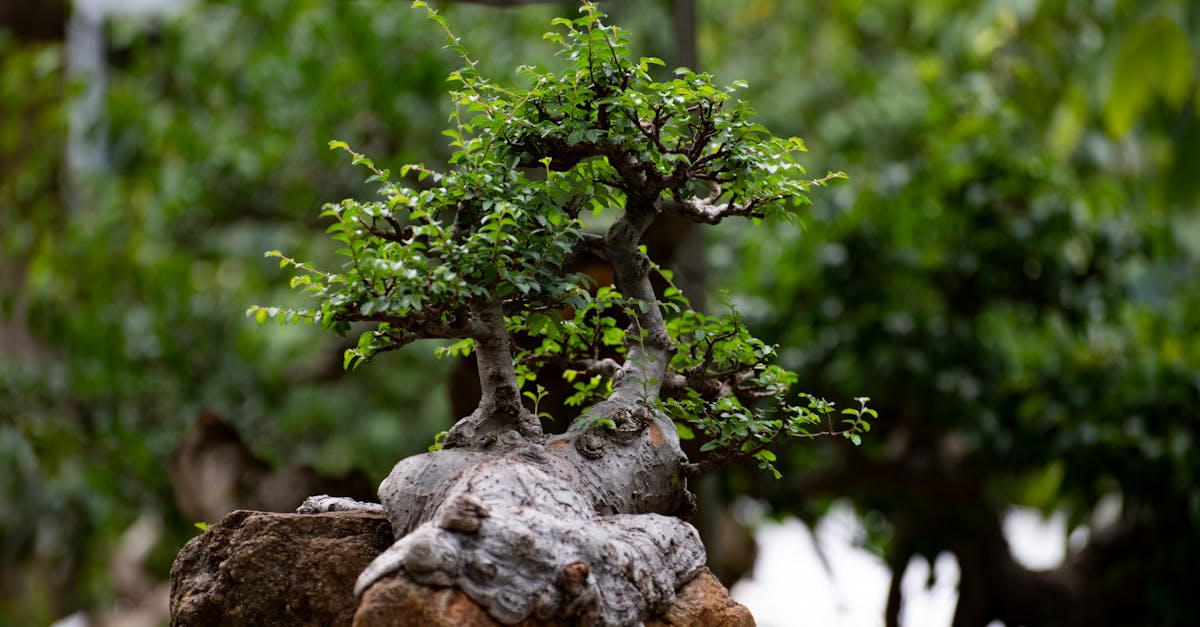
During the summer months, it is important to take steps to maintain the health and beauty of your bonsai. The heat, light, and humidity of summer can be stressful for bonsai trees, so it is important to provide them with the care they need to thrive.
One of the most important things to consider during summer is watering. Bonsai trees need to be watered regularly, but the frequency of watering will vary depending on the size of the tree, the type of soil, and the climate. It is important to check the soil moisture regularly and water only when necessary. Avoid overwatering, as this can lead to root rot.
Another important consideration during summer is sunlight. Bonsai trees need plenty of sunlight to grow healthy, but they can also be damaged by too much direct sunlight. During the hottest part of the day, it is best to provide your bonsai with some shade. You can do this by placing it under a tree or using a shade cloth.
Protection from Extreme Heat
Extreme heat can be damaging to bonsai trees, so it is important to take steps to protect them during the hottest months of the year. One of the most important things to do is to provide your bonsai with some shade. You can do this by placing it under a tree or using a shade cloth. If you are using a shade cloth, be sure to choose one that is breathable and allows air to circulate.
Another important way to protect your bonsai from extreme heat is to increase the humidity around the tree. This can be done by misting the tree with water several times a day or by placing it on a tray of wet pebbles. Increasing the humidity around the tree will help to cool it down and prevent the leaves from drying out.
Finally, it is important to adjust your watering frequency during the summer months. Bonsai trees need to be watered more frequently during hot weather, but it is important to avoid overwatering. The best way to water your bonsai is to check the soil moisture regularly and water only when necessary.
Managing Light Exposure for Optimal Photosynthesis
Light is essential for photosynthesis, the process by which plants convert sunlight into energy. Bonsai trees need plenty of light to grow healthy, but too much direct sunlight can damage the leaves. During the summer months, it is important to manage light exposure to ensure optimal photosynthesis and prevent sunburn.
The best way to manage light exposure for your bonsai is to place it in a location that receives bright, indirect light. This means that the tree should be exposed to sunlight for several hours each day, but it should not be placed in direct sunlight during the hottest part of the day. If you are unsure whether your bonsai is receiving enough light, you can use a light meter to measure the light intensity.
Another way to manage light exposure is to use a shade cloth. A shade cloth is a piece of fabric that can be placed over your bonsai to reduce the amount of direct sunlight that reaches the tree. Shade cloths are available in a variety of densities, so you can choose one that provides the right amount of shade for your bonsai.
Humidity Control for Healthy Foliage
Maintaining humidity levels around your bonsai is essential for preventing leaf drop and promoting healthy foliage. During the summer months, the air can be dry, which can cause the leaves of your bonsai to dry out and drop. There are a few things you can do to increase the humidity around your bonsai.
One way to increase humidity is to mist your bonsai with water several times a day. You can use a spray bottle or a mister to mist the leaves and branches of your bonsai. Another way to increase humidity is to place your bonsai on a tray of wet pebbles. The water will evaporate from the pebbles and increase the humidity around the tree. You can also place your bonsai in a terrarium or a humidifer to increase the humidity around the tree.
It is important to monitor the humidity levels around your bonsai to ensure that they are not too high. High humidity levels can promote the growth of mold and mildew. The ideal humidity level for bonsai is between 40% and 60%.
3. Autumn: Preparing for Winter Dormancy
As the days get shorter and the temperatures drop, it is important to start preparing your bonsai for winter dormancy. Dormancy is a natural process that helps trees to survive the cold winter months. During dormancy, the tree’s growth slows down and its leaves fall off. To help your bonsai prepare for dormancy, you need to reduce watering, fertilizing, and pruning.
Reducing watering is one of the most important things you can do to prepare your bonsai for winter dormancy. Overwatering during dormancy can lead to root rot. The best way to water your bonsai during dormancy is to check the soil moisture regularly and water only when necessary. You should also stop fertilizing your bonsai during dormancy. Fertilizing during dormancy can stimulate new growth, which can damage the tree. Finally, you should avoid pruning your bonsai during dormancy. Pruning during dormancy can remove the tree’s buds, which can prevent it from growing new leaves in the spring.
Gradual Reduction of Watering
Gradually reducing watering during autumn is essential for preparing your bonsai for winter dormancy. Overwatering during dormancy can lead to root rot, which can damage the tree and even kill it. The best way to water your bonsai during dormancy is to check the soil moisture regularly and water only when necessary.
To gradually reduce watering, you can start by reducing the frequency of watering. For example, if you are currently watering your bonsai every day, you can start by watering it every other day. Then, you can gradually reduce the frequency of watering to once a week, and then to once every two weeks. You should also reduce the amount of water you give your bonsai each time you water it.
It is important to monitor your bonsai closely during this time to make sure that it is not getting too dry. If the leaves of your bonsai start to wilt or turn brown, it is a sign that you are not watering it enough. You can also check the soil moisture by inserting your finger into the soil. If the soil is dry to the touch, it is time to water your bonsai.
Essential Fertilization for Winter Preparation
Fertilizing your bonsai during autumn is essential for providing it with the nutrients it needs to survive winter storage and support post-dormancy growth. During dormancy, the tree’s growth slows down and its leaves fall off. However, the tree still needs nutrients to survive. Fertilizing your bonsai during autumn will help to ensure that it has the nutrients it needs to stay healthy during dormancy and to grow new leaves in the spring.
When fertilizing your bonsai during autumn, it is important to use a fertilizer that is low in nitrogen. Nitrogen can stimulate new growth, which can damage the tree during dormancy. Instead, you should use a fertilizer that is high in phosphorus and potassium. Phosphorus helps to promote root growth, while potassium helps to strengthen the tree’s cell walls.
You should also reduce the amount of fertilizer you give your bonsai during autumn. During dormancy, the tree does not need as many nutrients as it does during the growing season. You should fertilize your bonsai once a month during autumn, using a diluted fertilizer solution.
Pruning for Structural Balance and Health
Pruning your bonsai during autumn is essential for removing dead or diseased branches, enhancing structural balance, and promoting air circulation. Pruning during autumn will help to ensure that your bonsai is healthy and strong, and that it has the best possible chance of surviving winter dormancy.
When pruning your bonsai during autumn, it is important to use sharp, clean tools. This will help to prevent the spread of disease and to ensure that the cuts are clean and precise. You should also avoid pruning too much at one time. Pruning too much can weaken the tree and make it more susceptible to pests and diseases.
Instead, you should prune your bonsai gradually, over the course of several weeks or months. This will give the tree time to heal and to adjust to its new shape. When pruning, you should focus on removing dead or diseased branches, and on shaping the tree to create a balanced and aesthetically pleasing form.
4. Winter: Nurturing Bonsai in Dormancy
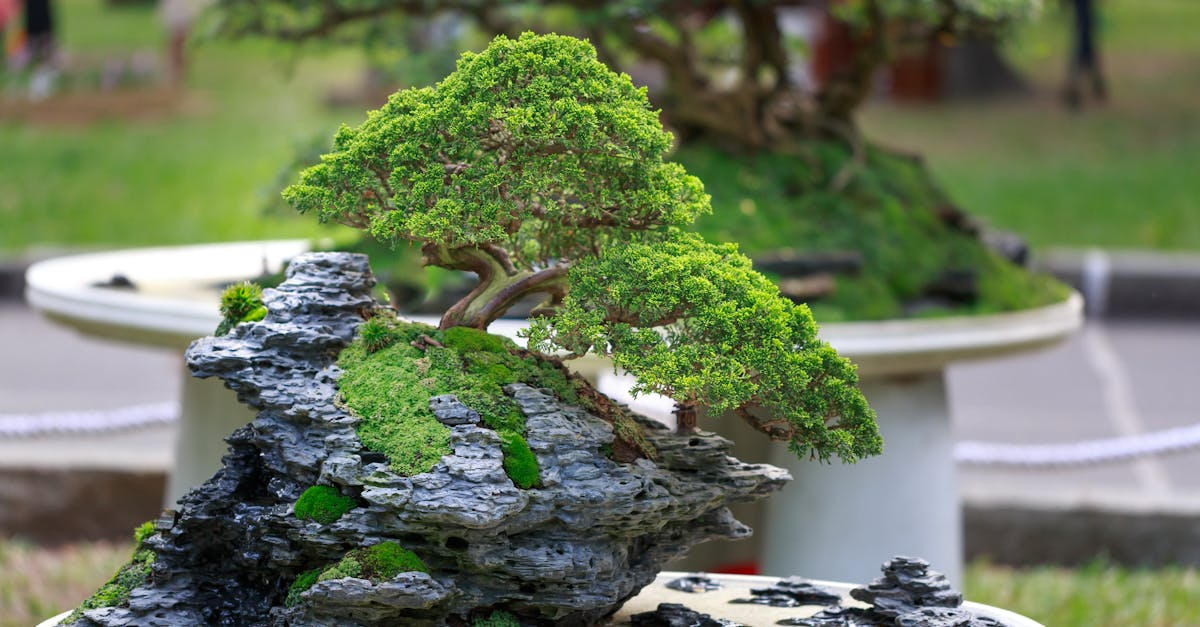
During winter, your bonsai tree will be dormant. This means that its growth has slowed down and its leaves have fallen off. However, it is still important to care for your bonsai during dormancy to ensure that it stays healthy and strong. Here are a few tips for nurturing your bonsai during winter dormancy:
- Provide protection from cold: Bonsai trees are not cold hardy, so it is important to protect them from the cold during winter. You can do this by placing your bonsai in a sheltered location, such as a garage or shed. If you live in a very cold climate, you may need to provide additional protection, such as wrapping your bonsai in a blanket or placing it in a heated greenhouse.
- Monitor moisture levels: Bonsai trees do not need much water during dormancy, but it is important to make sure that the soil does not dry out completely. Check the soil moisture regularly and water your bonsai when the soil is dry to the touch. Avoid overwatering, as this can lead to root rot.
- Control pests: Pests can still be a problem for bonsai trees during dormancy. Inspect your bonsai regularly for pests and treat any infestations promptly. You can use a variety of methods to control pests, such as insecticidal soap, neem oil, or horticultural oil.
Protection from Freezing Temperatures
Protecting your bonsai from freezing temperatures during winter is essential for ensuring its survival and preventing damage. There are a few different methods you can use to protect your bonsai from the cold, depending on the climate you live in and the type of bonsai you have.
One common method of protecting bonsai from freezing temperatures is to place them in a sheltered location, such as a garage or shed. If you live in a very cold climate, you may need to provide additional protection, such as wrapping your bonsai in a blanket or placing it in a heated greenhouse. Another option is to bury your bonsai in the ground up to its root ball. This will help to insulate the roots and protect them from the cold.
If you live in a climate with mild winters, you may be able to get away with simply covering your bonsai with a layer of mulch. This will help to keep the roots warm and prevent them from freezing. However, it is important to make sure that the mulch does not get too wet, as this can lead to root rot.
Monitoring Moisture Levels for Root Health
Monitoring moisture levels around your bonsai during winter dormancy is essential for preventing dehydration and ensuring root health. Bonsai trees need very little water during dormancy, but it is important to make sure that the soil does not dry out completely. The best way to monitor moisture levels is to check the soil regularly. You can do this by inserting your finger into the soil or by using a moisture meter.
If the soil is dry to the touch, it is time to water your bonsai. However, it is important to avoid overwatering, as this can lead to root rot. The best way to water your bonsai during dormancy is to water it deeply and then allow the soil to dry out completely before watering it again.
You can also help to prevent dehydration by placing your bonsai in a humid environment. You can do this by placing your bonsai on a tray of wet pebbles or by misting it regularly with water. However, it is important to avoid misting your bonsai too often, as this can lead to mold and mildew.
Integrated Pest Management during Dormancy
Integrated pest management (IPM) is a comprehensive approach to pest control that emphasizes the use of non-chemical methods. IPM can be used to prevent and control pests on bonsai trees during winter dormancy.
One important aspect of IPM is to regularly inspect your bonsai trees for pests. This will help you to identify and treat infestations early on, before they have a chance to cause serious damage. Common pests that can affect bonsai trees during winter dormancy include aphids, mealybugs, and scale insects.
If you do find pests on your bonsai tree, there are a number of non-chemical methods you can use to control them. These methods include:
- Handpicking: This is a simple but effective way to remove pests from your bonsai tree. Simply use your fingers or a pair of tweezers to pick off the pests and drop them into a container of soapy water.
- Insecticidal soap: This is a natural pesticide that can be used to kill pests on contact. Insecticidal soap is safe to use on bonsai trees, but it is important to follow the directions on the package carefully.
- Neem oil: This is a natural pesticide that can be used to repel and kill pests. Neem oil is also safe to use on bonsai trees, but it is important to follow the directions on the package carefully.
5. Conclusion: The Enduring Beauty of Bonsai
Bonsai trees are a beautiful and unique form of art. They are living sculptures that can be enjoyed for many years with proper care and maintenance. The journey of bonsai through the four seasons is a testament to the enduring beauty and artistry of these miniature trees.
As the seasons change, so too does the care and maintenance of bonsai trees. In spring, bonsai trees need to be watered regularly and fertilized to promote new growth. In summer, bonsai trees need to be protected from the heat and sun, and watered more frequently. In autumn, bonsai trees need to be prepared for winter dormancy by gradually reducing watering and fertilizing. In winter, bonsai trees need to be protected from the cold and monitored for moisture levels.
By understanding the unique needs of bonsai trees throughout the year, you can ensure that your bonsai tree will thrive for many years to come. Bonsai trees are a beautiful and rewarding hobby, and they can bring a touch of nature and beauty to your home or office.
What is the best way to water my bonsai tree?
The best way to water your bonsai tree is to check the soil moisture regularly and water only when necessary. You should avoid overwatering, as this can lead to root rot.
How often should I fertilize my bonsai tree?
You should fertilize your bonsai tree once a month during the growing season, using a diluted fertilizer solution.
How do I prune my bonsai tree?
You should prune your bonsai tree gradually, over the course of several weeks or months. This will give the tree time to heal and to adjust to its new shape.
How do I protect my bonsai tree from the cold during winter?
You can protect your bonsai tree from the cold during winter by placing it in a sheltered location, such as a garage or shed. If you live in a very cold climate, you may need to provide additional protection, such as wrapping your bonsai in a blanket or placing it in a heated greenhouse.
How do I monitor the moisture levels around my bonsai tree during winter dormancy?
You can monitor the moisture levels around your bonsai tree during winter dormancy by checking the soil regularly. You should avoid overwatering, as this can lead to root rot.

